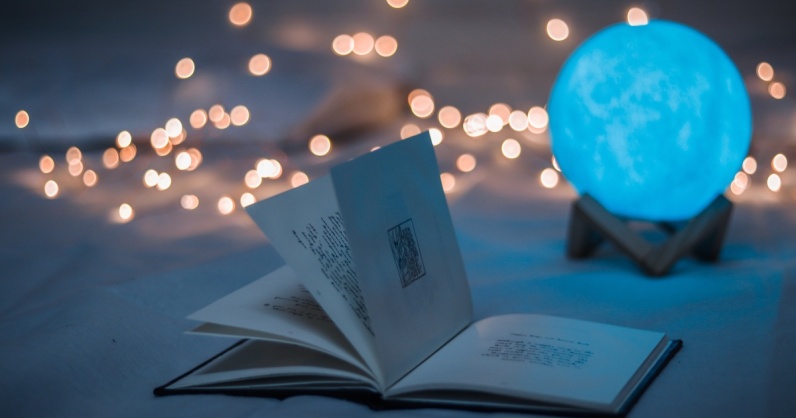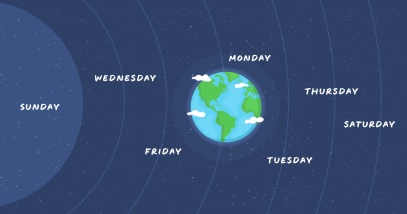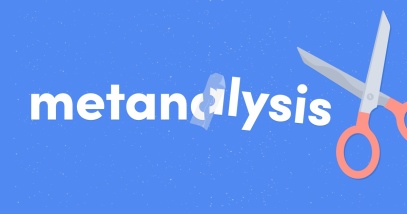Timeless Tales

Every June, around the 21st day of the month, the year reaches a milestone. With the sun at its highest latitude, the northern hemisphere experiences its longest day in terms of daylight hours. This day, known as the summer solstice, has played an important part in how we humans measure and record time. Our methods for doing so have evolved considerably over the years, as have the words we use to describe them. To illustrate this, we give you the stories of hour, calendar and month.
hour
Hour and its etymons have long been used in reference to time, although the amount of time in question has varied over the centuries. The Ancient Greek word hōra could refer to a season, a year, or any given period of the day. It also extended into Greek mythology, in which the plural form Hōrae (often translated into English as Hours) were goddesses of the seasons and time. The form hōra passed into Latin largely unchanged and was used in Roman timekeeping to describe each of the twelve divisions of day and night. These did not, however, correspond to today’s 60-minute intervals. For the Romans, a day began at sunrise and ended at sunset, while nights occupied the remaining period of darkness. As sunrise and sunset vary with season and latitude, the Roman hour varied accordingly.
Hour is first attested in Middle English in the 1200s, entering the language by way of the Anglo-French word houre. Like its Latin etymon, it initially referred to one of the twelve variable intervals of the solar day or night. The distinction between sidereal (equal) and temporary (solar) hours was first made in the 1500s.
Hour is also used to describe any given moment in time (“to come at a good hour”), as well as in time-telling (“yesterday at the seventh hour”). However, the expression o’clock has long been the dominant way of telling the time in English, unlike other European languages, in which cognates of hour (French heure, Spanish hora, etc.) are prevalent. Speakers of these languages, then, are faced with three possible English translations of their language’s equivalent of hour: time, hour and o’clock, depending on the context.
calendar
In the Roman Republic, each month was structured around three principal days: the kalends (the first), the nones (the fifth or seventh, depending on the month’s length) and the ides (one day before the middle of the month). Other days of the month were identified numerically by counting down to whichever of these principal days came next.
The kalends, or calandae in Latin, were designated as the day on which debts were to be paid. These debts were recorded in an account book known as the calendarium, named after the day. Calendarium passed into Old French as calendier, initially having the more general meaning of “a list or register”. It then passed into English via Anglo-Norman, and was first recorded to mean “a table on which dates are recorded” in the 1300s.
Kalends itself can be traced back to the verb calare, meaning “to announce or call out”, which, despite its similarities, is not an ancestor of the English word call. This is because on this day, priests in the Roman Republic would make an announcement declaring how many days remained until the next principal day (the nones). Since the months of the time were lunar, they made these announcements upon observing the new moon.
Calendar was originally spelled with an -er ending. This was changed to -ar to avoid ambiguity with the word calender, which refers to a type of cloth pressing machine. Despite the close resemblance of these two words, they are etymologically unrelated. Calender is instead derived from the Latin word cylindrus, meaning “cylinder”.
month
A modern-day month is very close in duration to a complete cycle of the moon’s phases, and a number of calendars still measure time in this way. Various languages, from Japanese to Swahili, use identical words for month and moon. So, it would be reasonable to assume that the English words are at least close relatives, especially given their resemblance. But while they are indeed related, connecting month with moon requires us to look far back into the history of the language.
Both are part of English’s native lexical stock. The predecessors of month and moon, respectively, were monath and mona in Old English, and menoth and meno in Germanic. To find the common ancestor, we must go back to Proto-Indo-European, the origin of all of today’s Indo-European languages, in which the word reconstructed as mḗh₁n̥s is believed to have meant both “month” and “moon”.
Moon is still used by extension to refer to lunar months, and more generally to time in expressions such as many moons (“a long time”) and new moon (“a new era”).




